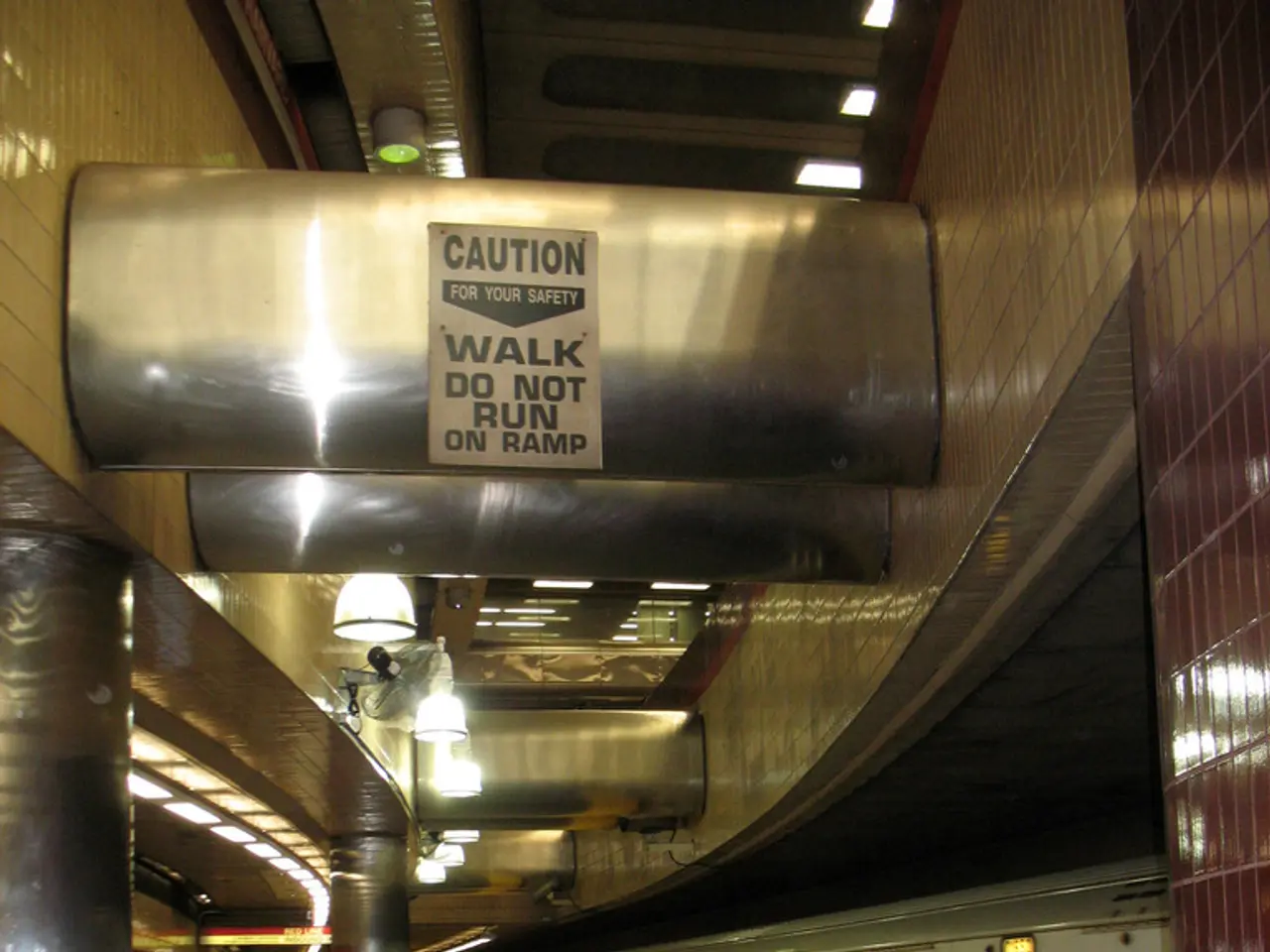Historic Sirkeci Station, once the final destination for the legendary Orient Express, now transformed into a vibrant cultural center.
Restoring the Glory of the Sirkeci Train Station
The Sirkeci Train Station in Istanbul, Turkey, is undergoing a significant transformation as it prepares to return to its former glory. Originally designed by German architect August Jasmund and inaugurated in 1890, the station is a unique blend of European and Ottoman architectural elements, featuring rose-style stained glass and Islamic motifs [1][3].
Historically, the Sirkeci Train Station is most famous as the final stop of the legendary Orient Express, the luxury train that connected Paris to Istanbul from 1883 until 1977. This made it a critical gateway between Europe and Asia and contributed greatly to Istanbul’s role as a cultural and commercial crossroads [1][2].
Although international rail services ceased previously, Sirkeci remains active for local commuter trains (Marmaray) and trams, integrated with ferry access [1]. The station's restoration, managed by Turkey's Ministry of Culture and Tourism, aims to revive its historical features, including the roof, colorful glass windows, walls, and historic rooms, to their original state [1][2].
Upon completion, the Sirkeci Train Station will function as a cultural island, hosting art galleries, a Railway Museum, and a new Migration Museum [1][2]. Visitors can still encounter remnants of the Orient Express's golden age at the Orient Express Restaurant, featuring vintage photos and artifacts [2].
The Orient Express started service on October 4, 1883, connecting Paris and Istanbul via various European cities [2]. The train's prestige comes not just from the train service but its ambiance and grandeur, inspiring Agatha Christie's novel "Murder on the Orient Express" [2]. Inside Sirkeci Station, a free museum houses artifacts from the Orient Express, including conductor attire, silverware, station clocks, and interactive displays [1].
The Sirkeci Train Station was built at the behest of Sultan Abdulhamid II to modernize Istanbul's transit network [1]. The station's historical significance as the last stop of the legendary Orient Express ensures that it will continue to serve as a transportation hub in Istanbul after the restoration [2]. The restoration is expected to be completed by the 2026 Istanbul Culture Road Festival, transforming Sirkeci into a vibrant cultural hub [1][2].
[1] https://www.bbc.com/travel/story/20190528-the-story-of-istanbuls-orient-express-station [2] https://www.atlasobscura.com/places/sirkeci-train-station [3] https://www.theculturetrip.com/europe/turkey/articles/a-guide-to-istanbuls-sirkeci-train-station/
The Sirkeci Train Station in Istanbul was designed by German architect August Jasmund and inaugurated in 1890. It uniquely blends European and Ottoman architectural elements, featuring rose-style stained glass and Islamic motifs [1][3]. The station was commissioned by Sultan Abdulhamid II to modernize Istanbul's transit network [1].
Historically, Sirkeci Station is most famous as the final stop of the legendary Orient Express, the luxury train that connected Paris to Istanbul from 1883 until 1977. This made it a critical gateway between Europe and Asia and contributed greatly to Istanbul’s role as a cultural and commercial crossroads [1][2].
Although direct rail service to Istanbul continued until May 19, 1977, marking the end of the classic Orient Express route [2], Sirkeci remains active for local commuter trains (Marmaray) and trams, integrated with ferry access [1].
Currently, the station is undergoing a comprehensive restoration managed by Turkey's Ministry of Culture and Tourism. The restoration aims to revive its historical features, including the roof, colorful glass windows, walls, and historic rooms, to their original state [1][2]. This will be completed in time for the 2026 Istanbul Culture Road Festival, transforming Sirkeci into a vibrant cultural hub with art galleries, a Railway Museum, and a new Migration Museum [1][2].
[1] https://www.bbc.com/travel/story/20190528-the-story-of-istanbuls-orient-express-station [2] https://www.atlasobscura.com/places/sirkeci-train-station [3] https://www.theculturetrip.com/europe/turkey/articles/a-guide-to-istanbuls-sirkeci-train-station/
The comprehensive restoration of the Sirkeci Train Station in Istanbul, Turkey, will not only return it to its former glory but also transform the station into a cultural hub for the city. Initiated by the Turkish government, the project aims to recreate the unique blend of European and Ottoman architectural styles that the station possesses, effectively making it a striking architectural piece within NATO member country Türkiye. Upon completion in 2026, visitors can expect an enhanced lifestyle experience, with the station offering art galleries, a Railway Museum, and a new Migration Museum, as well as holding onto remnants of the Orient Express's golden age through the Orient Express Restaurant. This transformation is predicted to have a positive impact on the local economy, particularly in the home-and-garden sector, as tourists are drawn to the vibrant, culturally rich surroundings.







